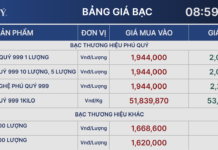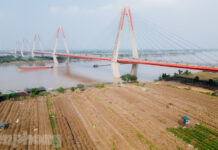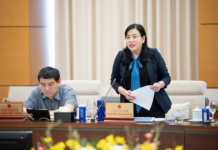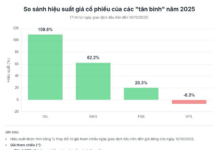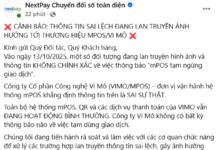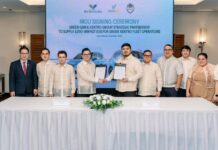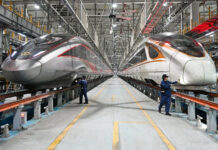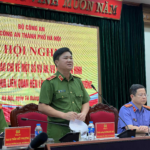Breakthrough in Vietnam’s Railway Workforce Development
Deputy Prime Minister Le Thanh Long has signed Decision No. 2230/QĐ-TTg (dated October 9, 2025), approving the Master Plan for Training and Developing Vietnam’s Railway Workforce by 2035, with a vision to 2045. This strategic move aims to establish a high-quality workforce, ready for the era of high-speed rail and self-reliant railway industrialization, paving the way for the modernization of the national transport infrastructure.
The plan focuses on building a synchronized workforce with deep expertise, advanced vocational skills, and high technological capabilities. This will enable Vietnam to participate in high-speed rail projects, electrified national railways, and urban rail systems. By gradually mastering technology and enhancing national competitiveness, Vietnam aims to foster the development of a modern and sustainable railway industry.
In the first phase (2025-2030), the railway sector targets training a minimum of 35,000 personnel, primarily for key projects such as the North-South high-speed rail and urban rail systems.
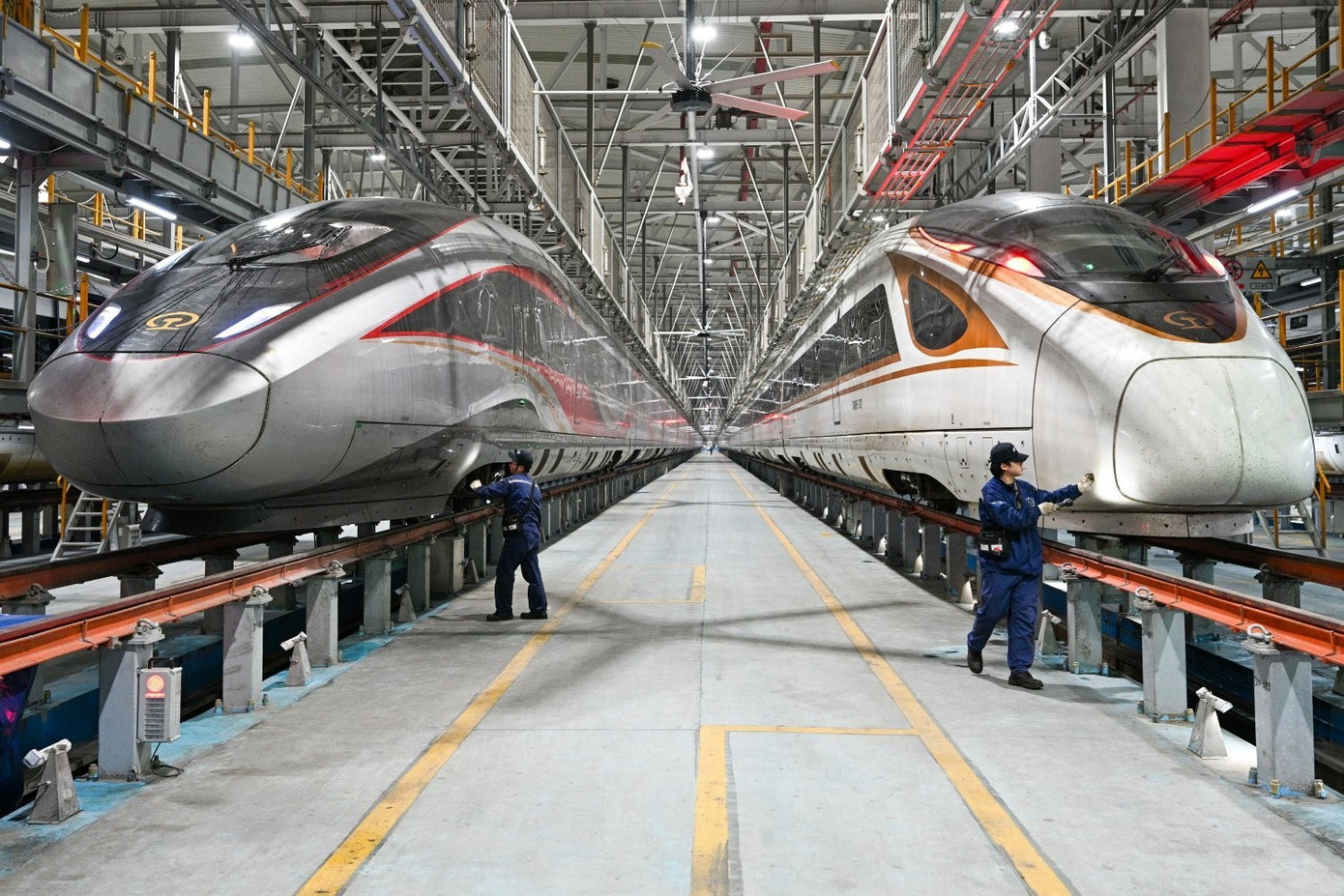
From 2025-2030, the railway sector aims to train at least 35,000 personnel, focusing on the North-South high-speed rail and urban rail systems. Photo: Xinhua.
The training structure includes: 1,000 postgraduate students (80 PhDs, 920 Masters, including 210 lecturers); 14,000 undergraduate students; 11,000 college students; and 9,000 vocational students.
By specialization, 4,700 will be trained in railway construction engineering, 16,300 in civil engineering, 3,700 in railway information and signaling, 1,700 in locomotive and carriage operations, and 6,000 in railway transport operations. Additionally, 5,000 will be trained in urban rail operation and maintenance, 1,500 in construction and transport economics, and 1,500 in specialized training for lecturers and officials.
In the second phase (2031-2035), the training scale will double, targeting 70,000 new personnel to meet the rapid development of the national railway system. This includes 2,000 postgraduates, 18,000 undergraduates, 30,000 college students, and 20,000 vocational students.
Notably, at least 40,000 will undergo operational and maintenance training for various railway lines: 13,800 for high-speed lines, 5,000 for national lines, and 21,200 for urban lines.
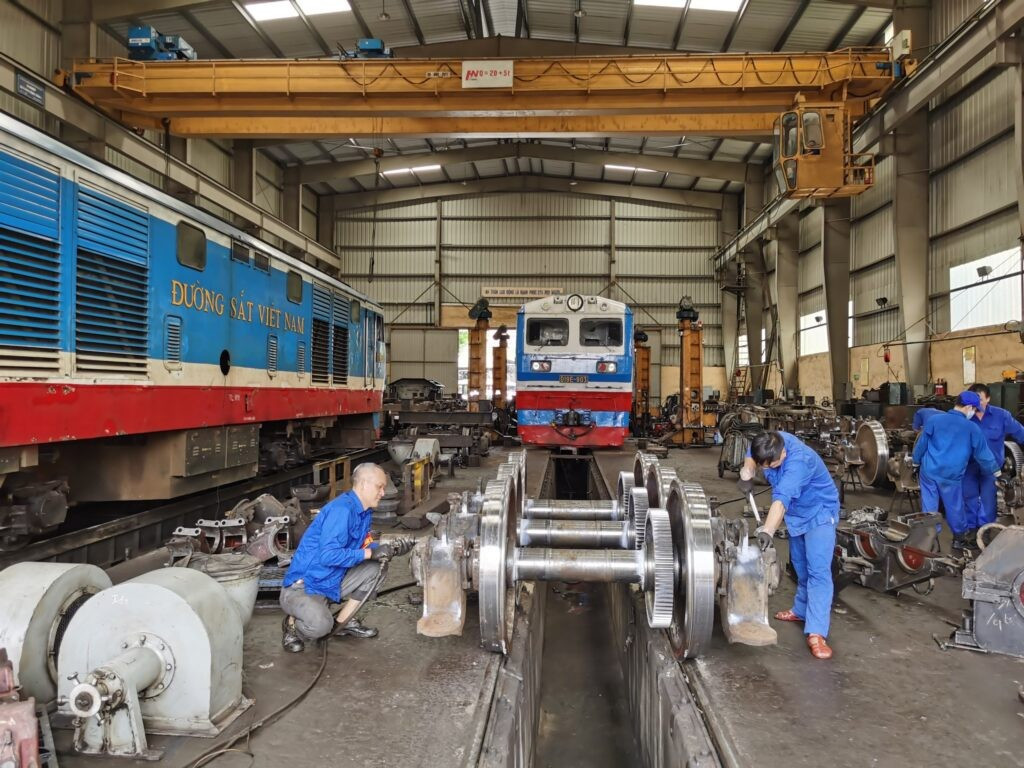
By 2035, Vietnam will require 5,000 personnel for the national railway system. Photo: VNR.
In total, by 2035, Vietnam will have trained and developed over 100,000 new personnel, laying the foundation for the comprehensive modernization of the railway sector.
Enhancing Training and Mastering Technology
The Master Plan emphasizes that after 2035, Vietnam will continue to train high-quality personnel and establish modern railway technology training and transfer centers. These centers will serve as hubs for research, innovation, and technology transfer, enabling Vietnam to achieve full technological autonomy in the railway sector.
To achieve these goals, the plan outlines six strategic solutions: perfecting institutional frameworks and policies for workforce development; strengthening the capacity of railway training and research institutions; training to international standards with a focus on practical skills and technology transfer; developing research personnel to master railway technology and industry; promoting international cooperation in training, research, and technical transfer; and diversifying funding sources, encouraging public-private partnerships in railway workforce development.
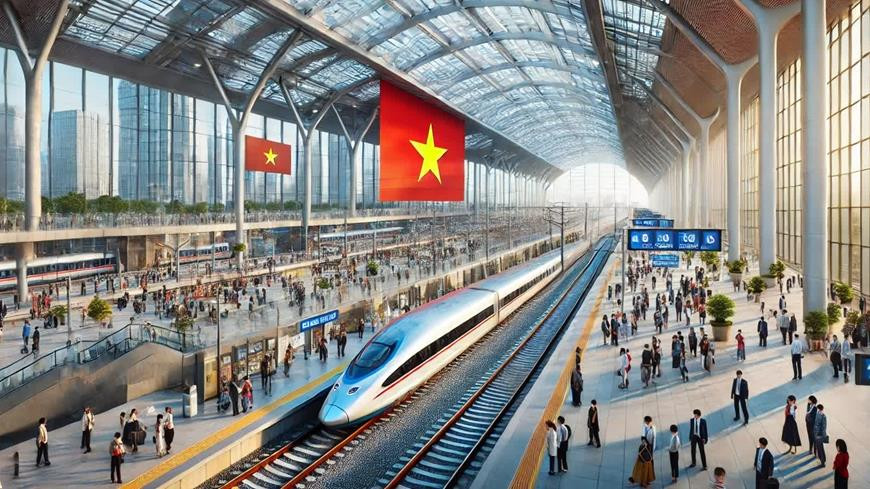
Simulation of the North-South high-speed rail. Image: AI.
According to Assoc. Prof. Dr. Nguyen Hong Thai, Vice Chairman of the Vietnam Railway Transport Association, the North-South high-speed rail project is a cornerstone of the country’s industrialization and modernization strategy, with a total investment of over $67 billion. The 1,540 km line from Hanoi to Ho Chi Minh City is designed for speeds of up to 350 km/h.
Mr. Thai noted that the project primarily relies on public investment, reducing foreign dependency, and offers Vietnamese enterprises opportunities in the $33 billion construction market. However, the biggest challenge lies in multi-sector coordination, spanning planning, science and technology, and workforce training.
“High-speed rail is not just a test of construction capabilities but also of Vietnam’s ability to master technology. If we seize this opportunity, we can localize the railway industry, achieving autonomy in design, construction, and operation,” Mr. Thai emphasized.
Experts believe that with the Workforce Development Master Plan by 2035, Vietnam is placing human resources at the heart of the high-speed rail era. This is not just a training strategy but a commitment to technological, technical, and intellectual autonomy—a crucial foundation for Vietnam’s breakthrough in modern transportation.

